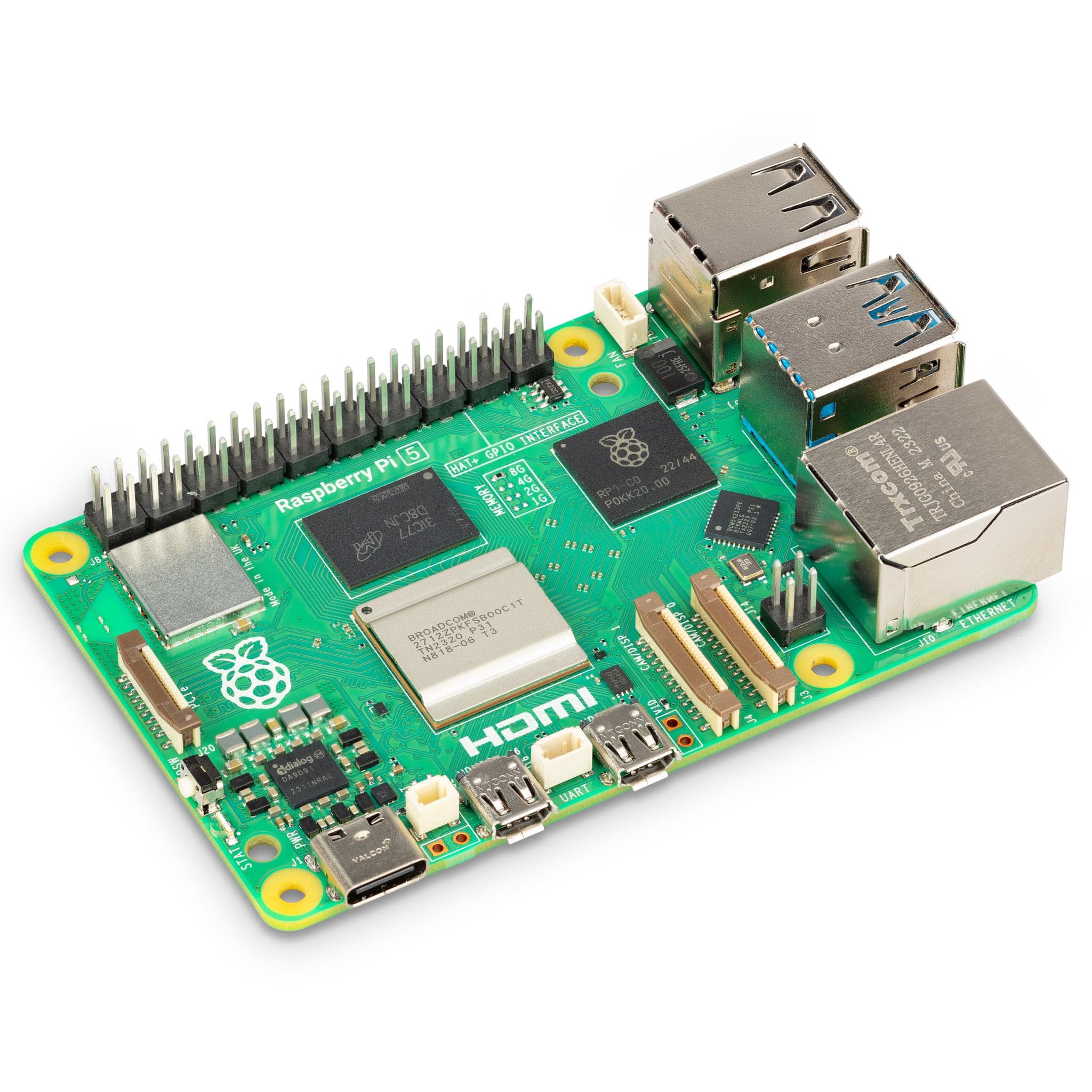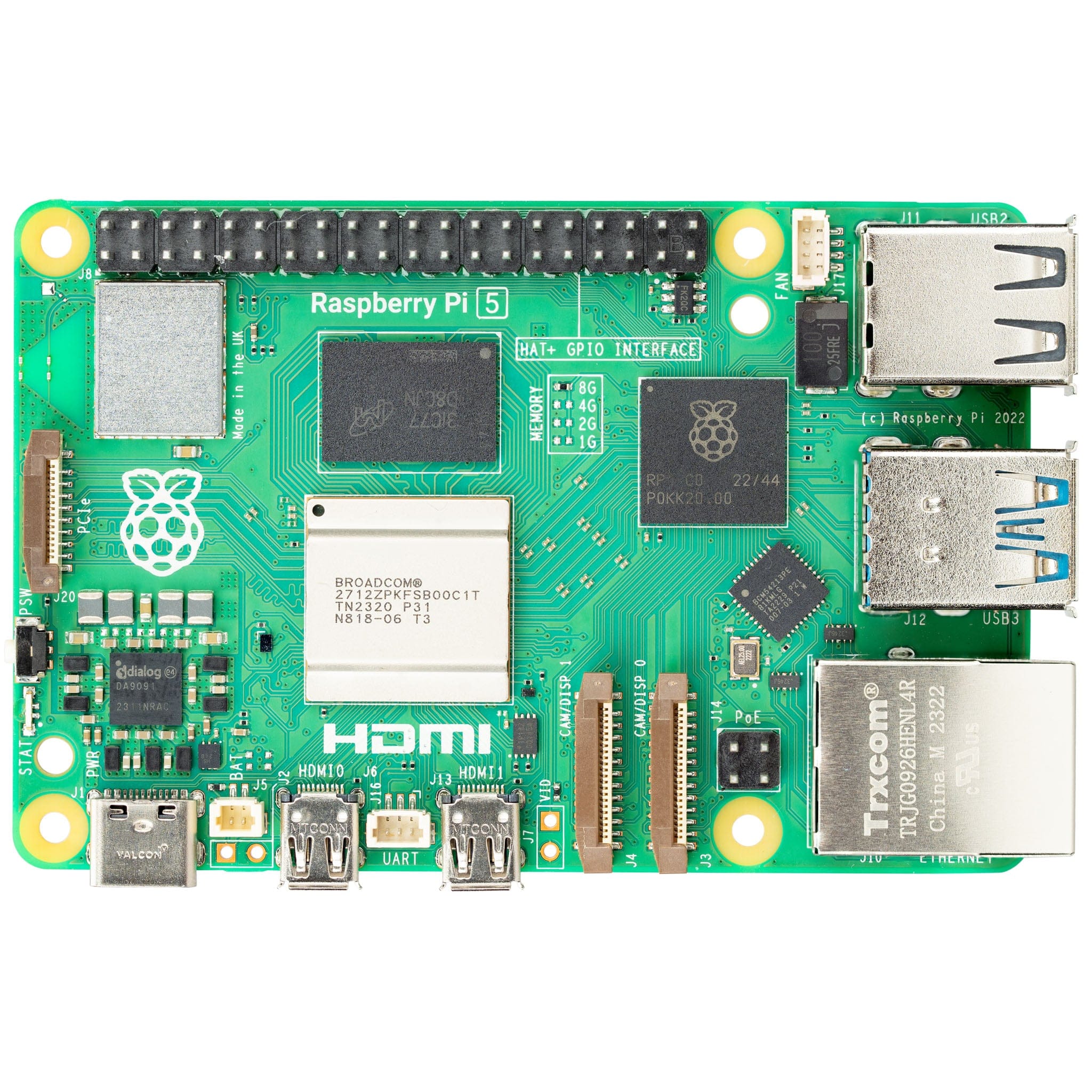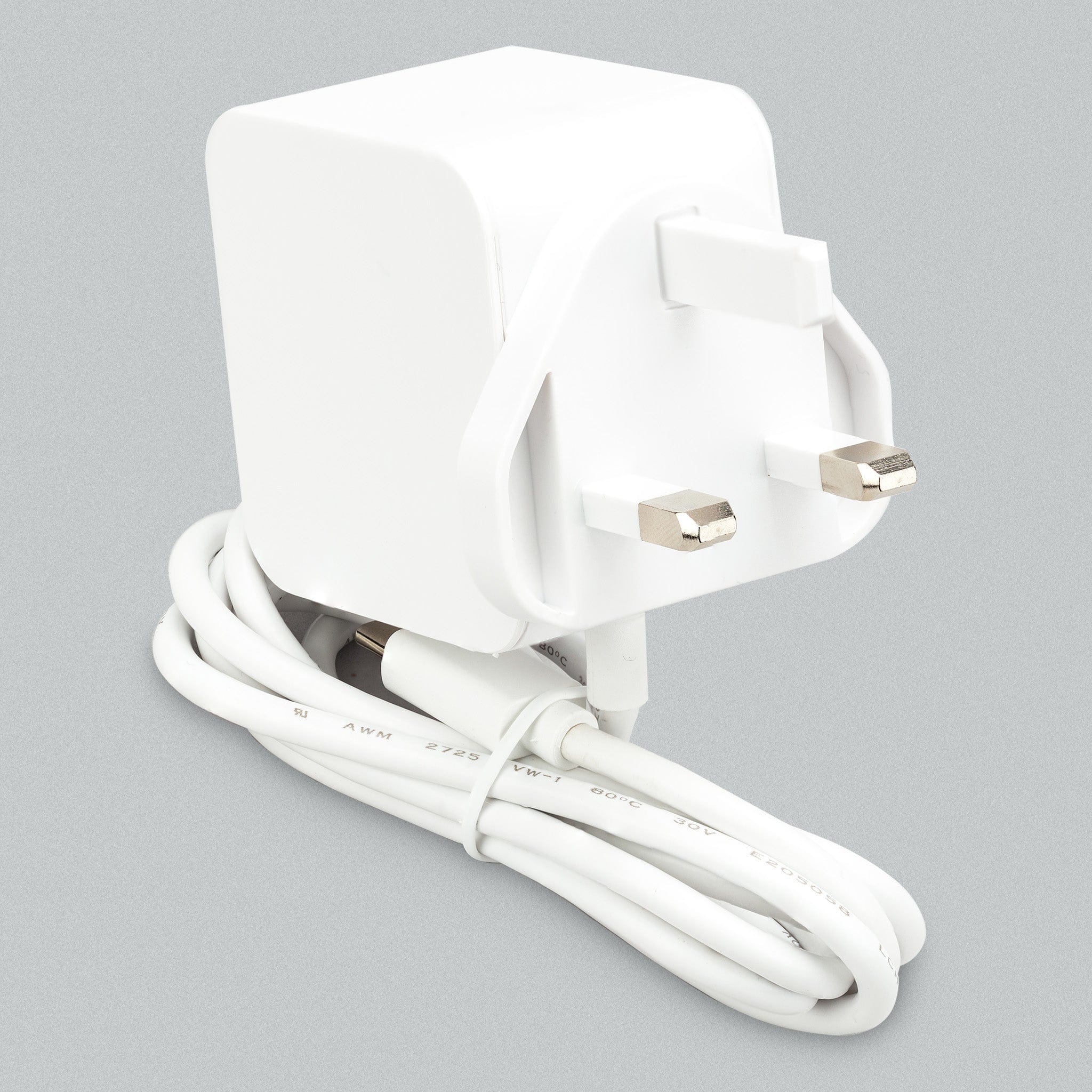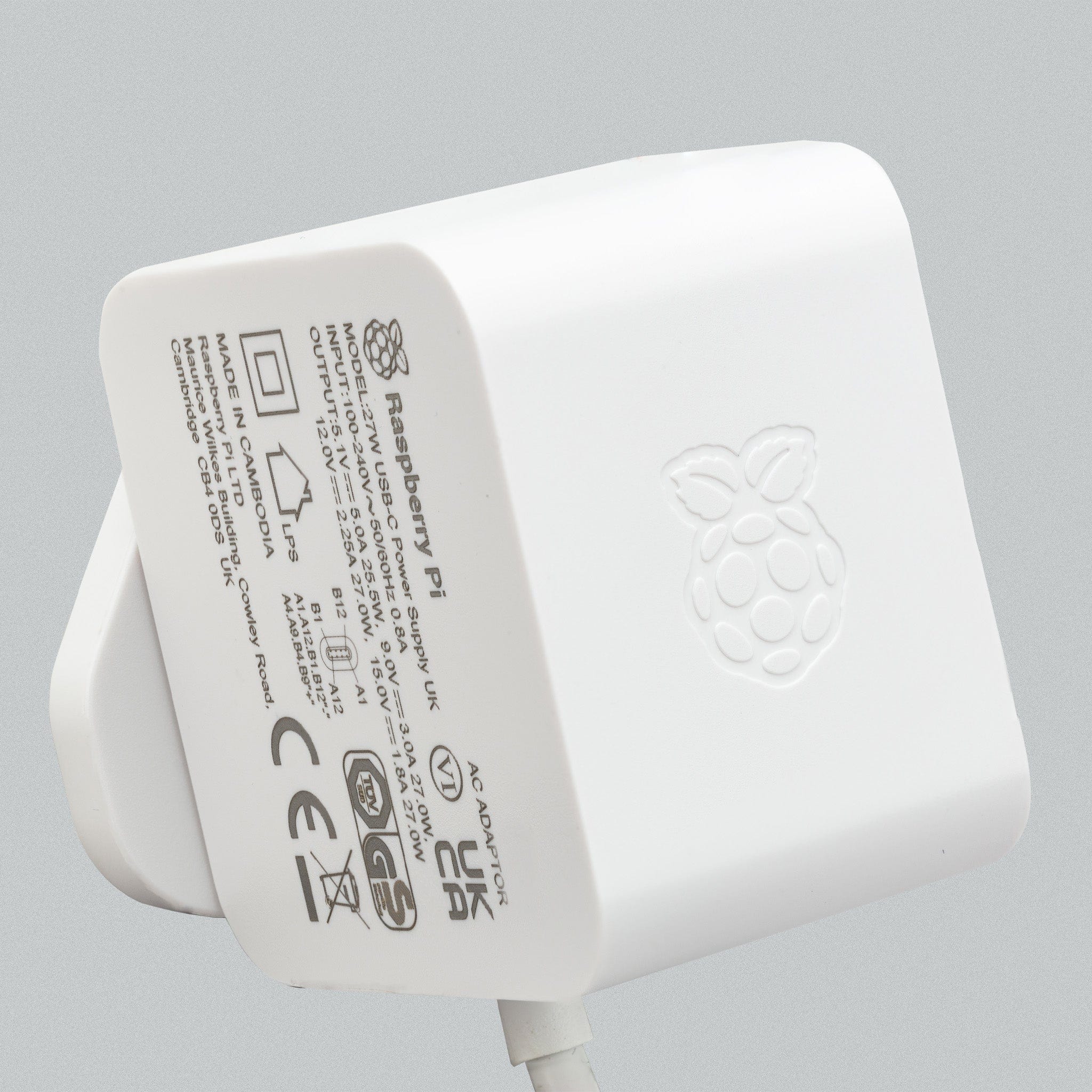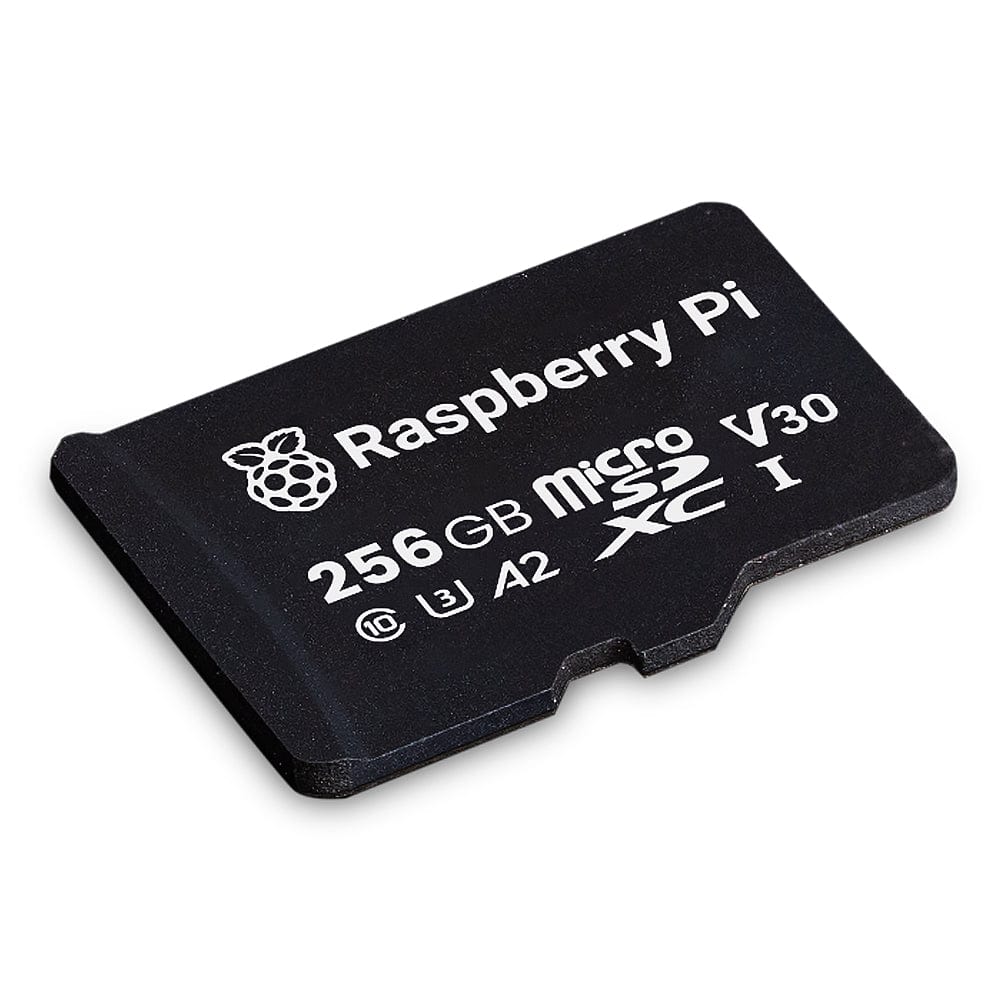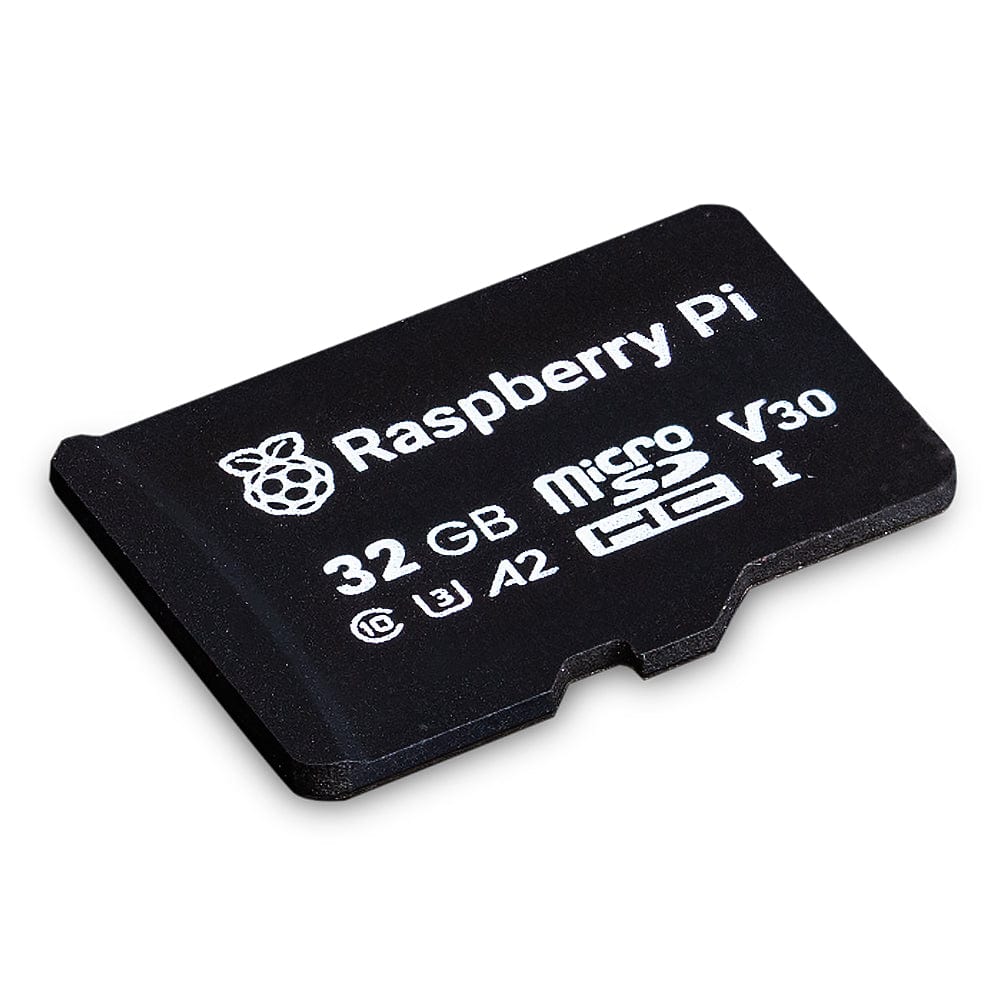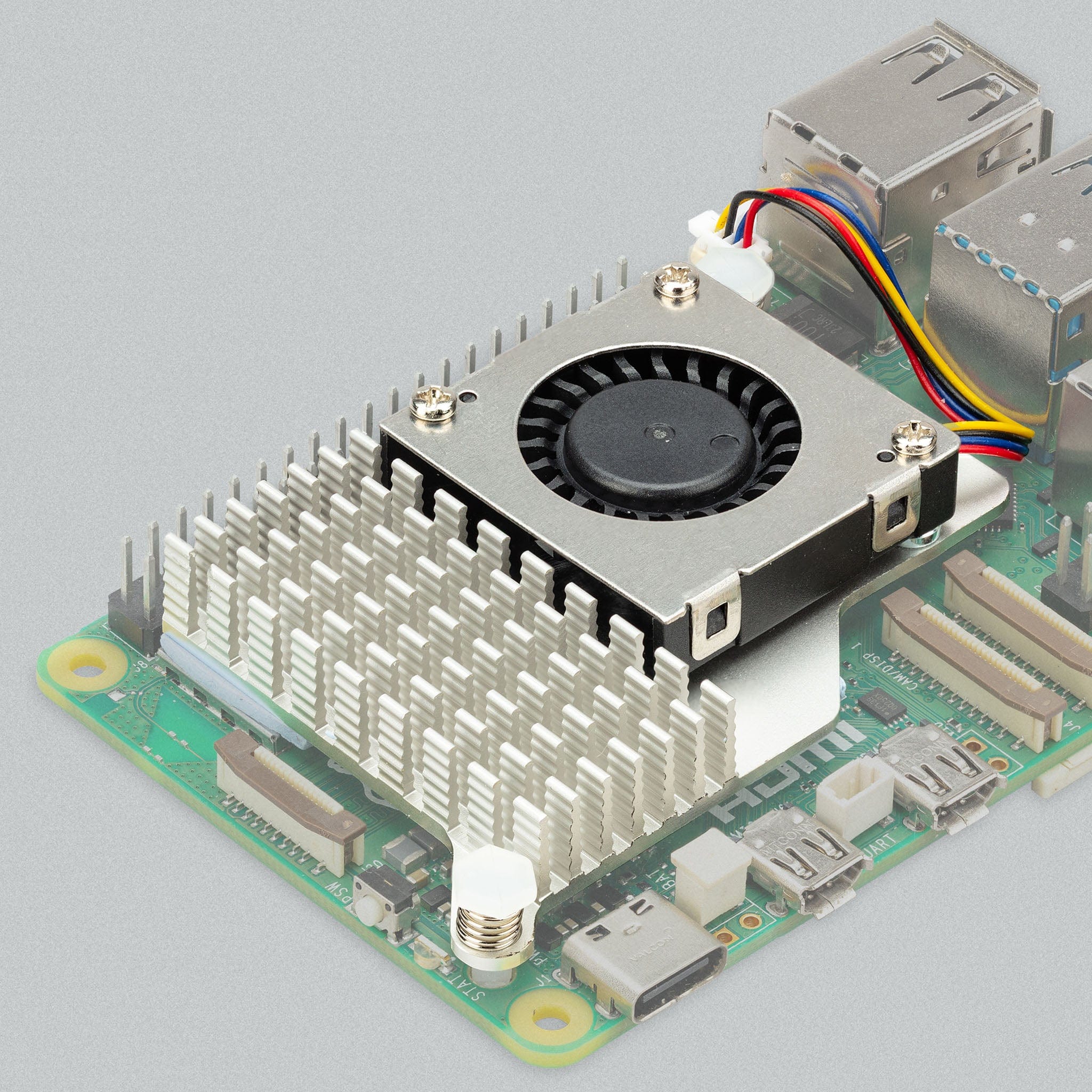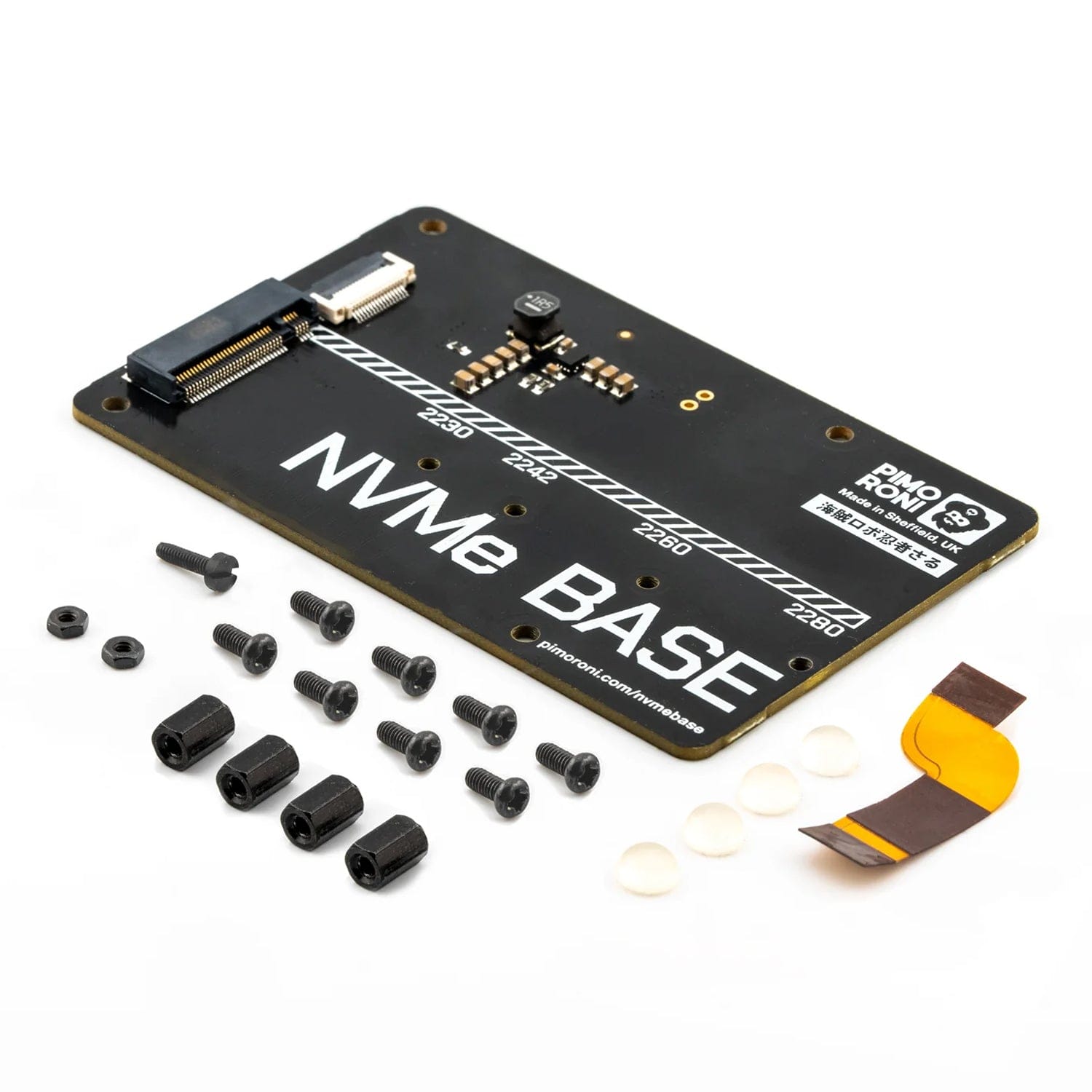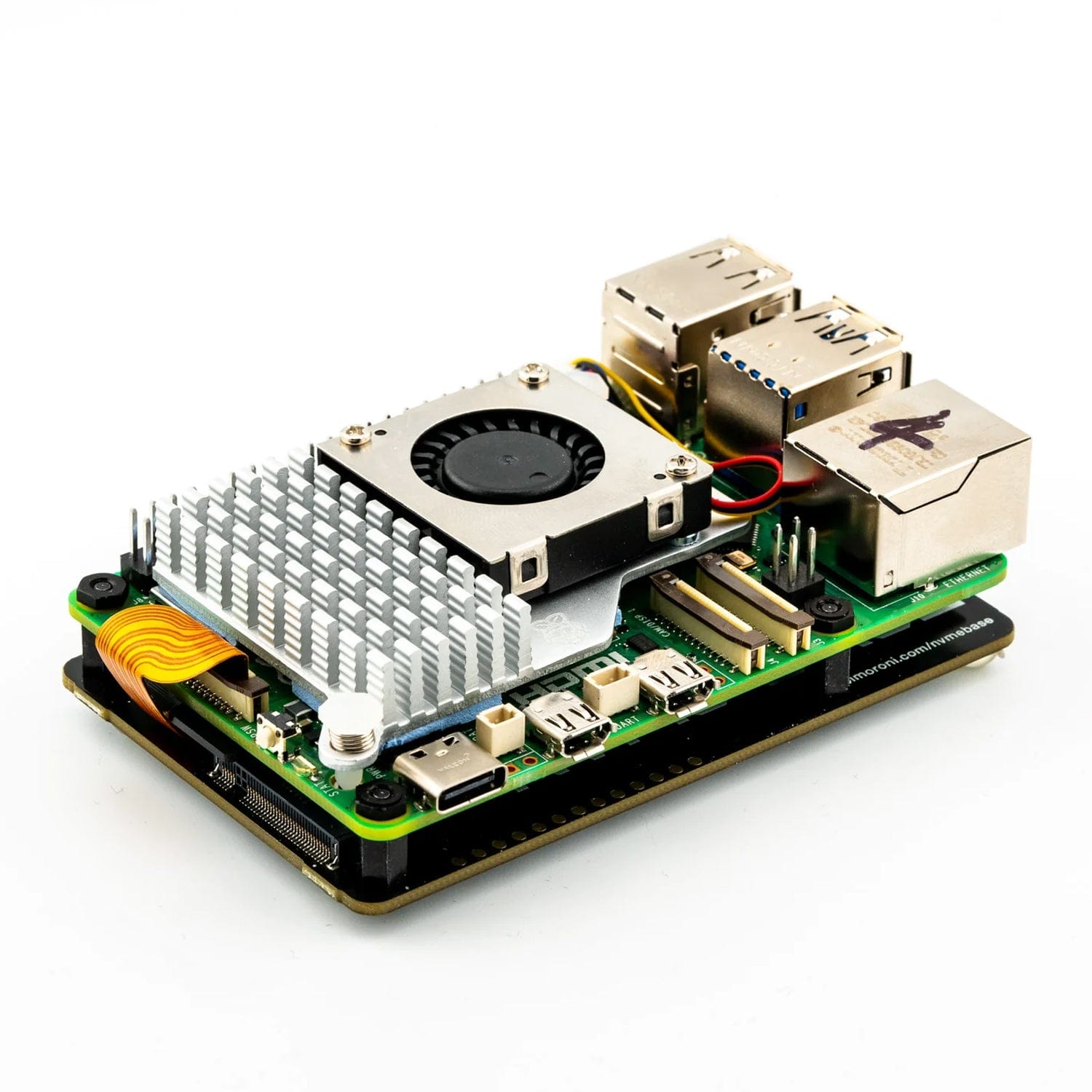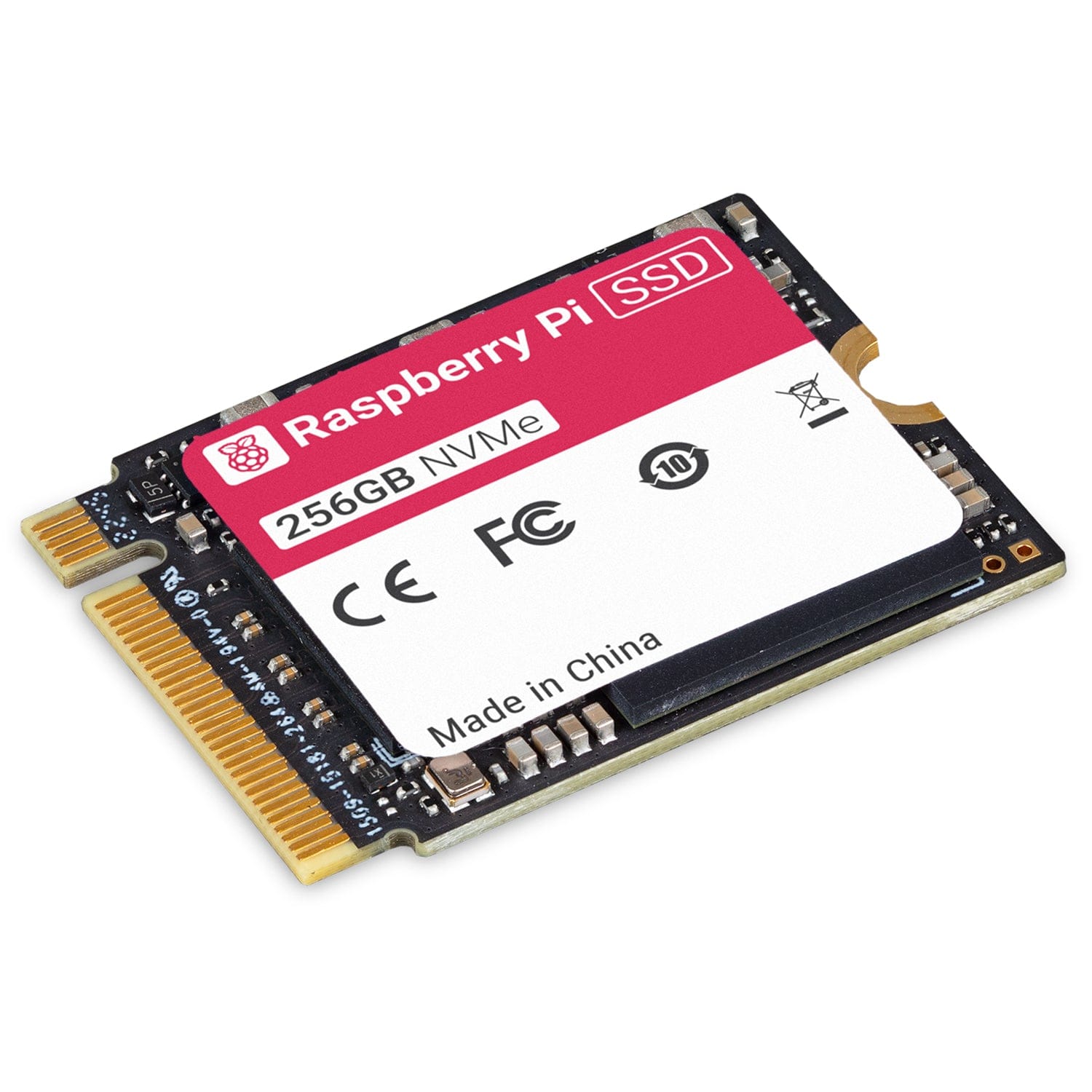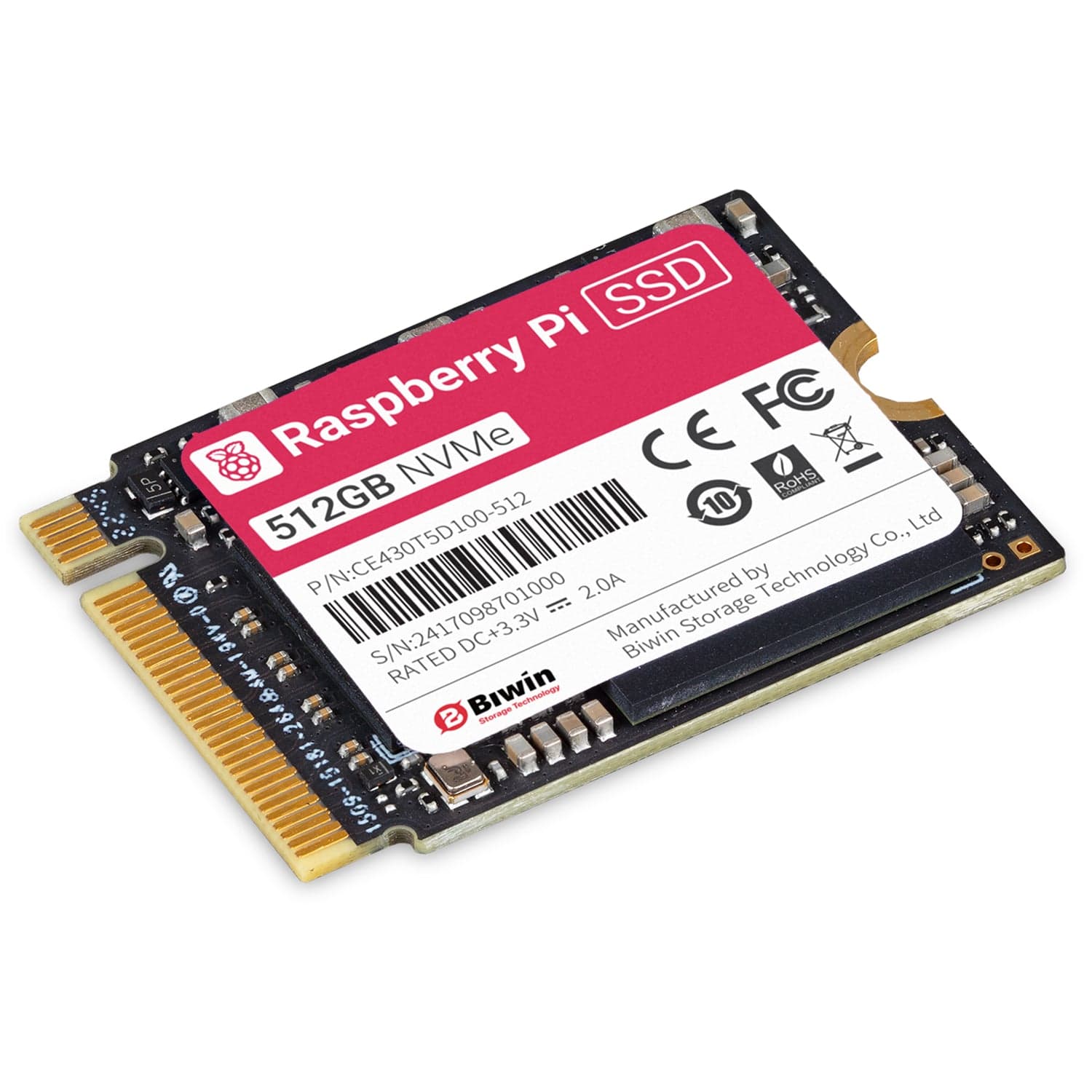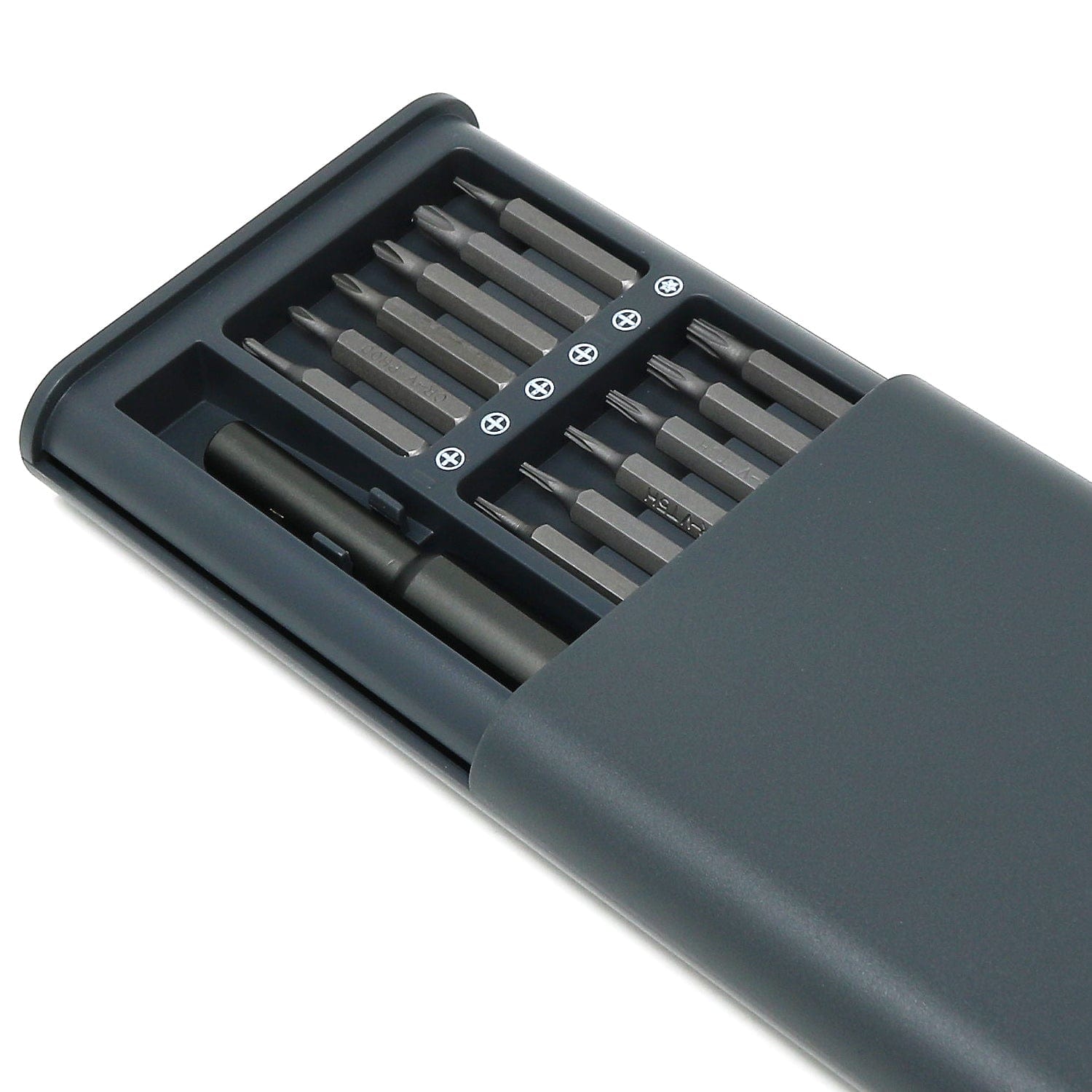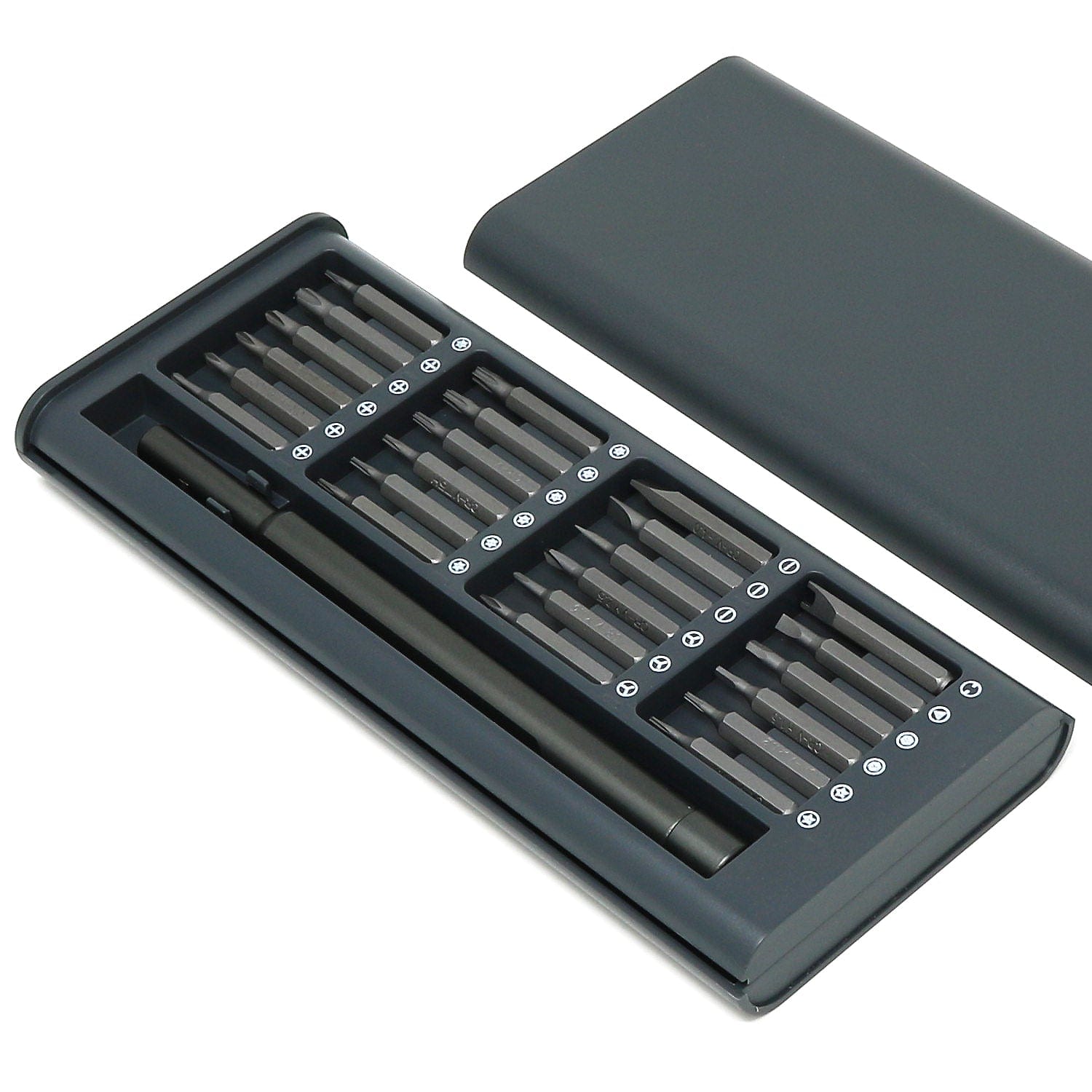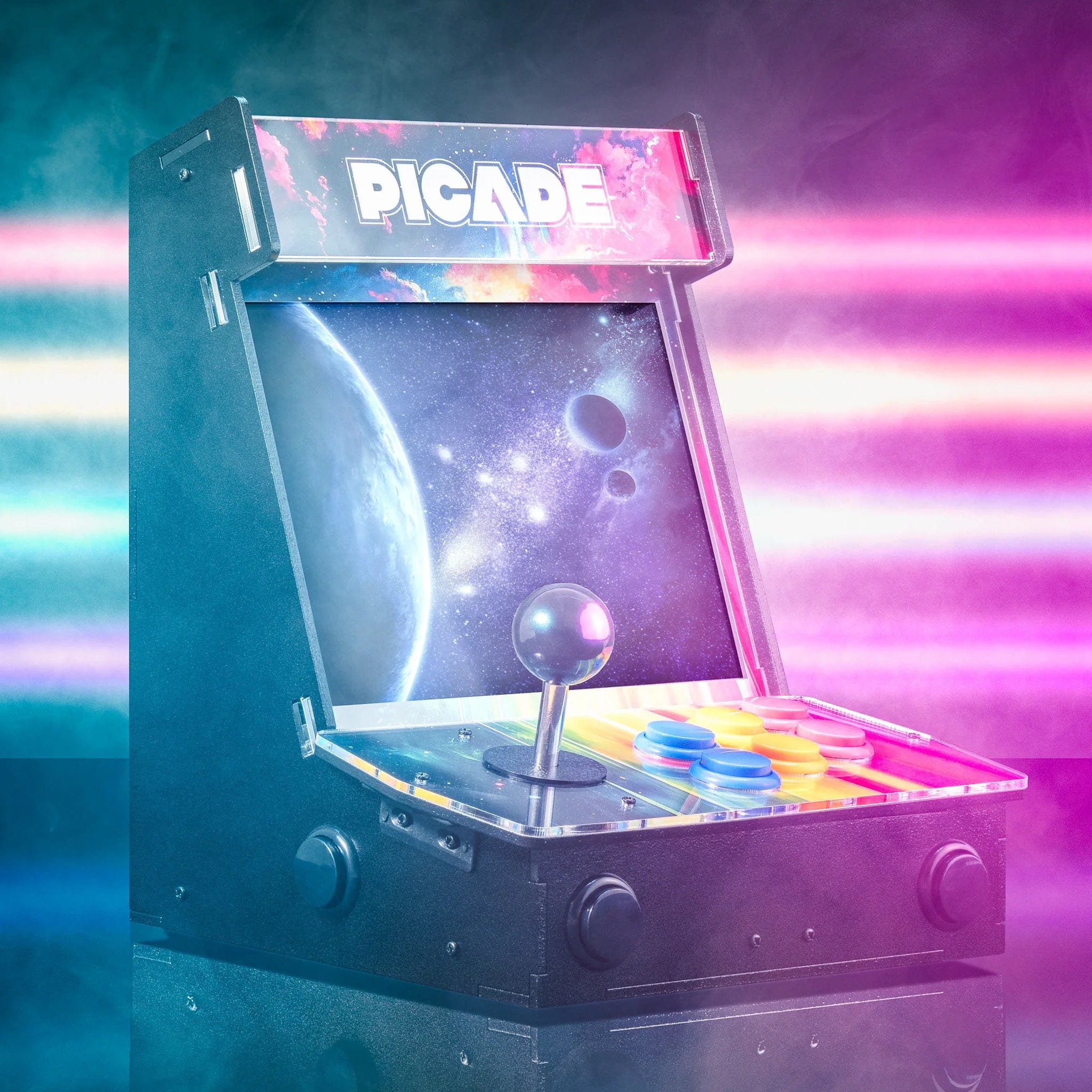
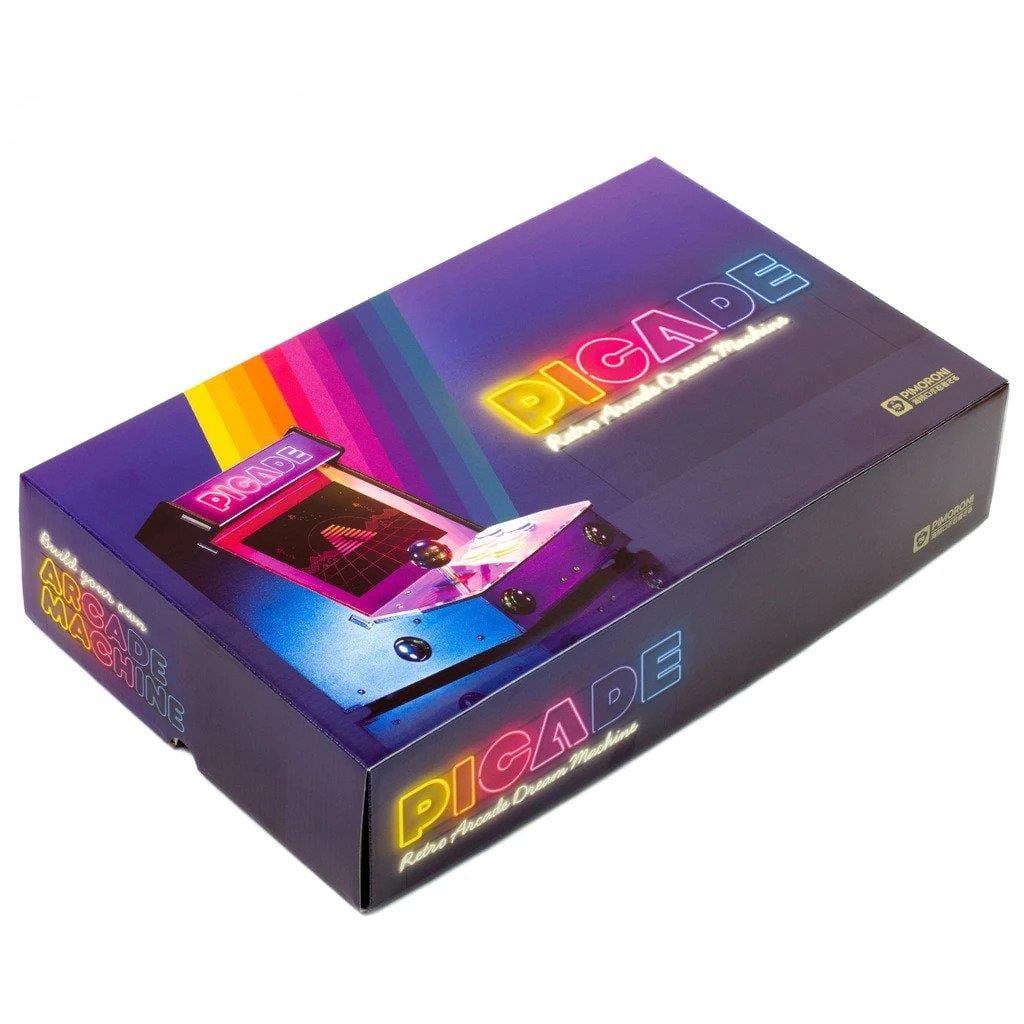
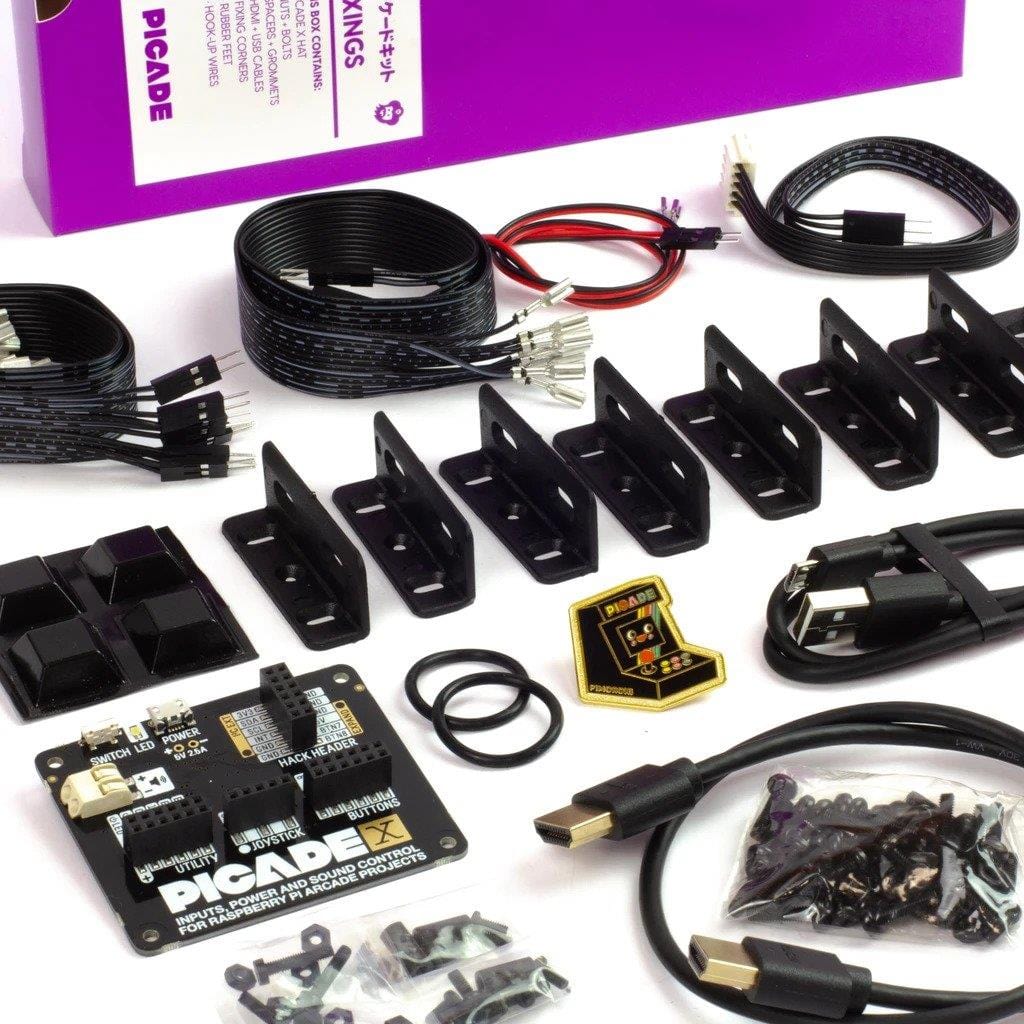
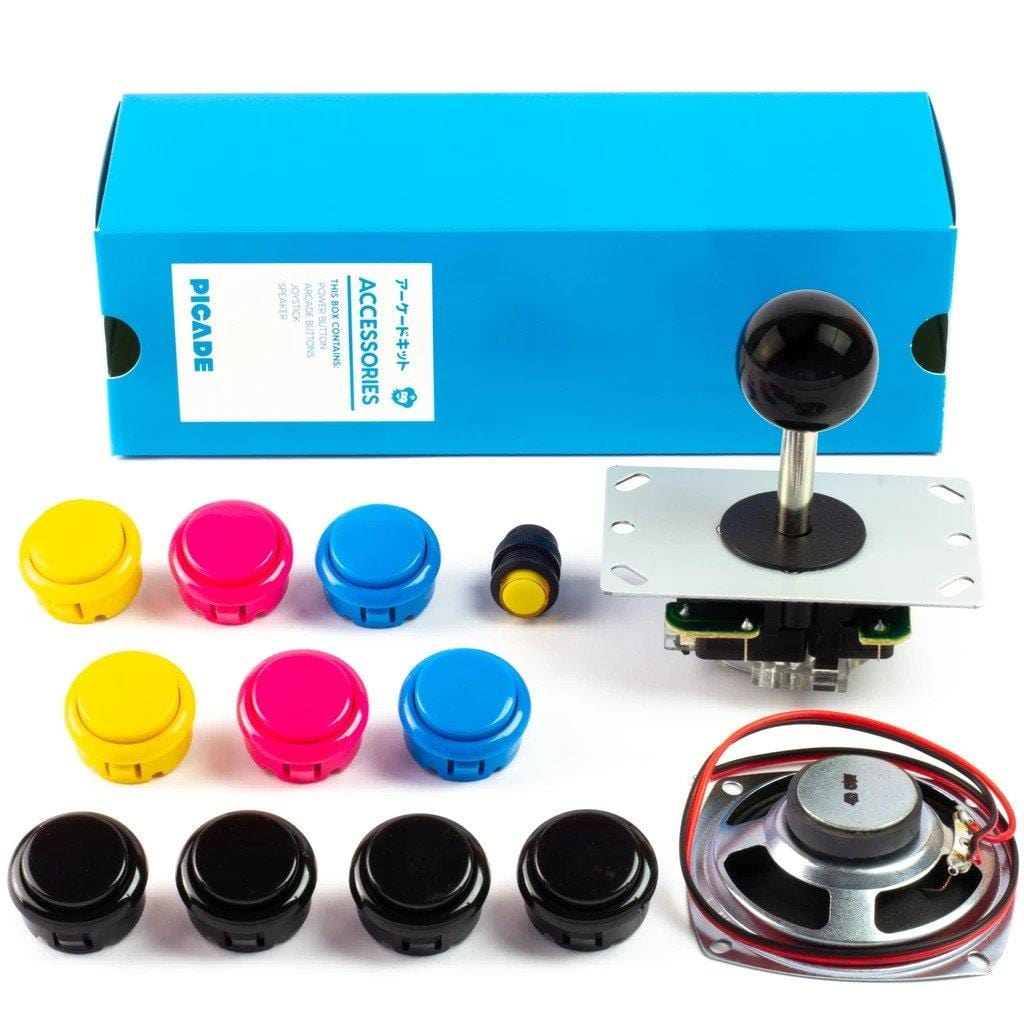
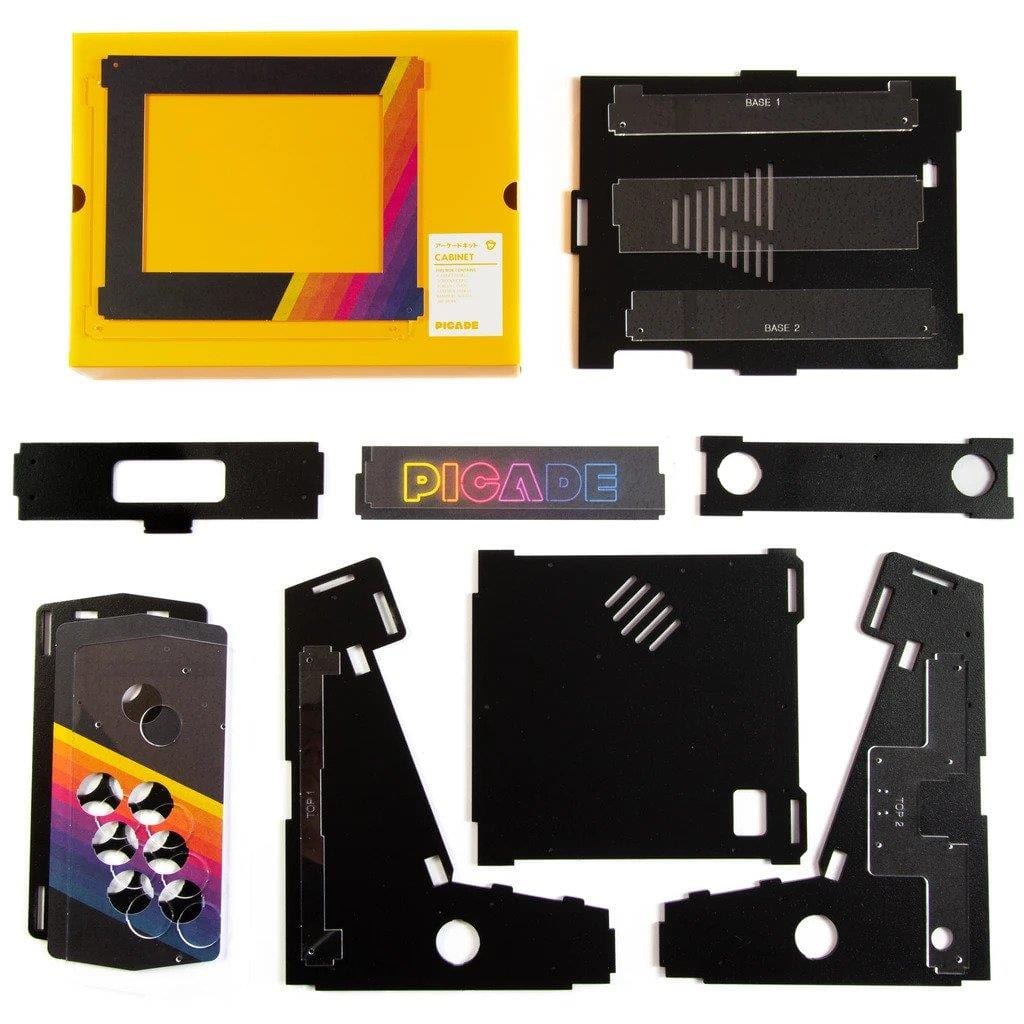
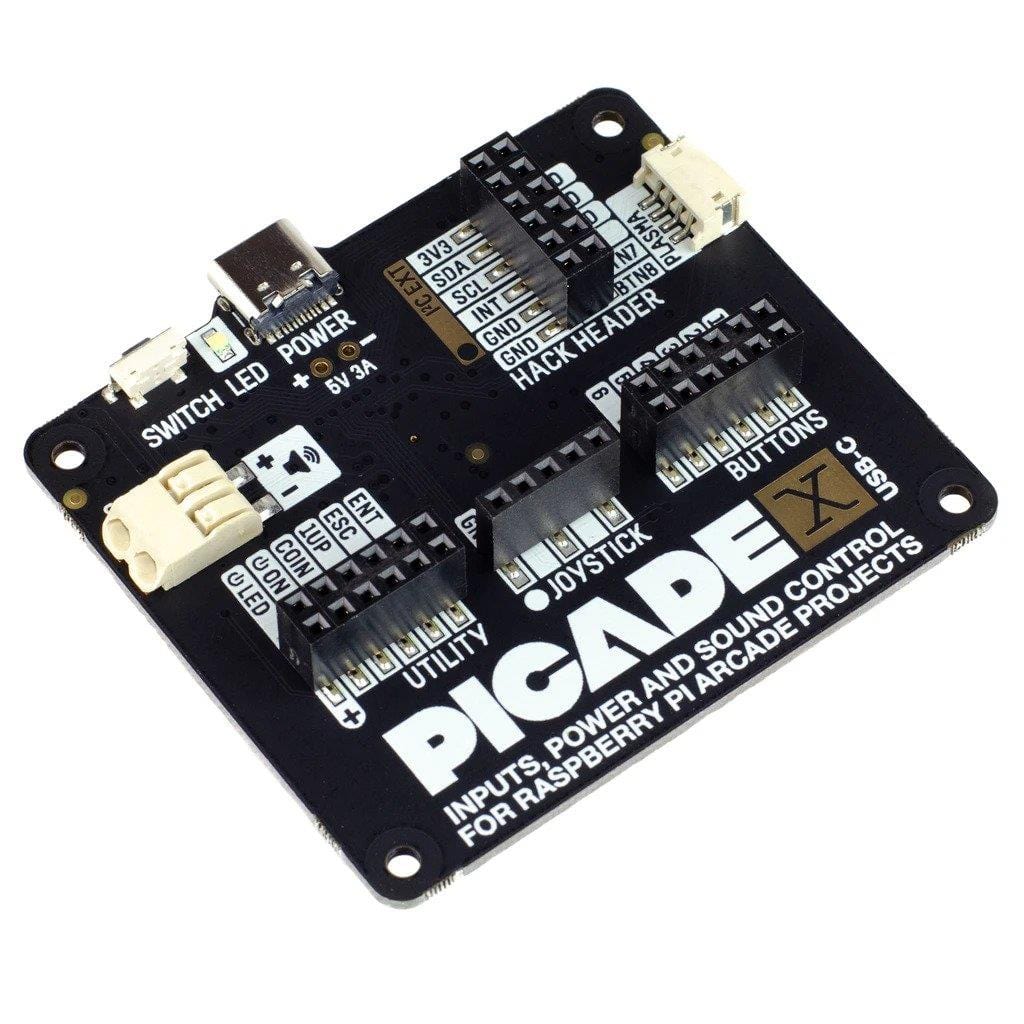
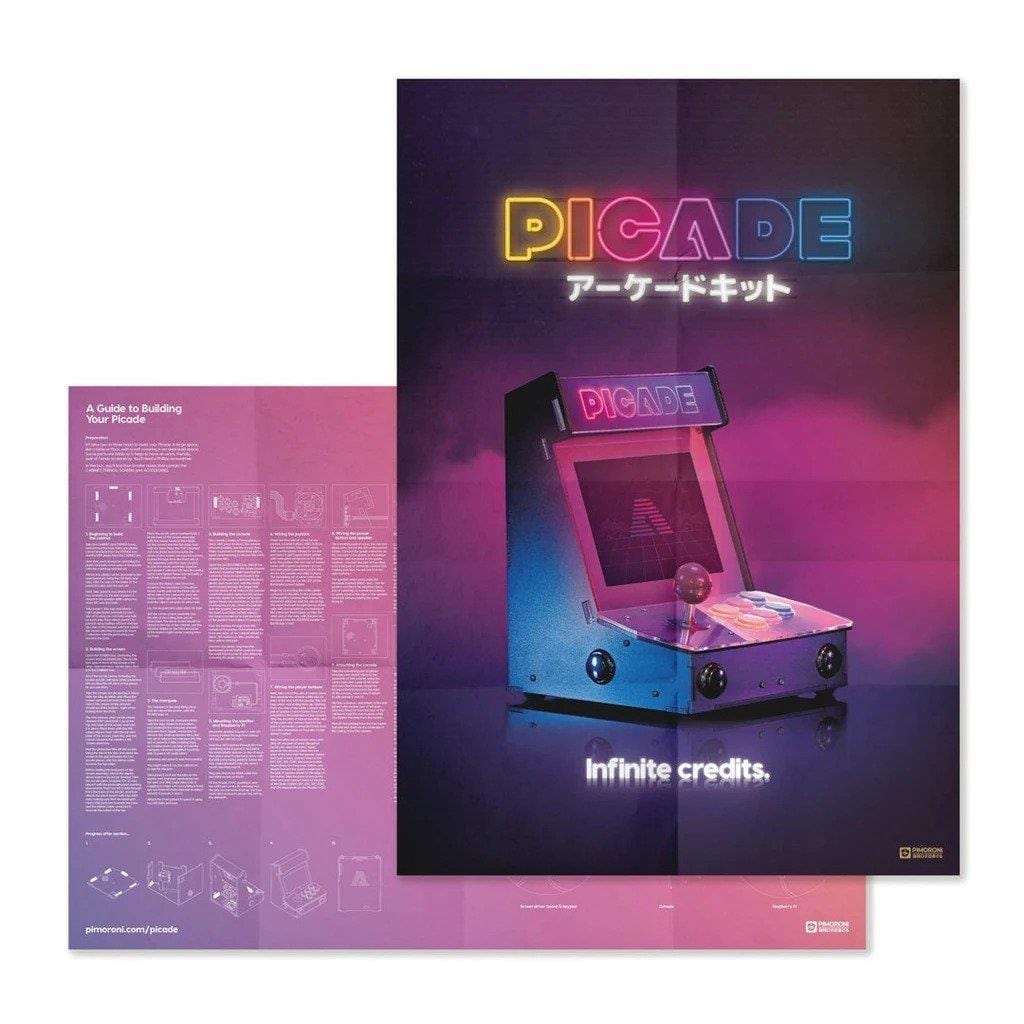
Login / Signup
Cart
Your cart is empty
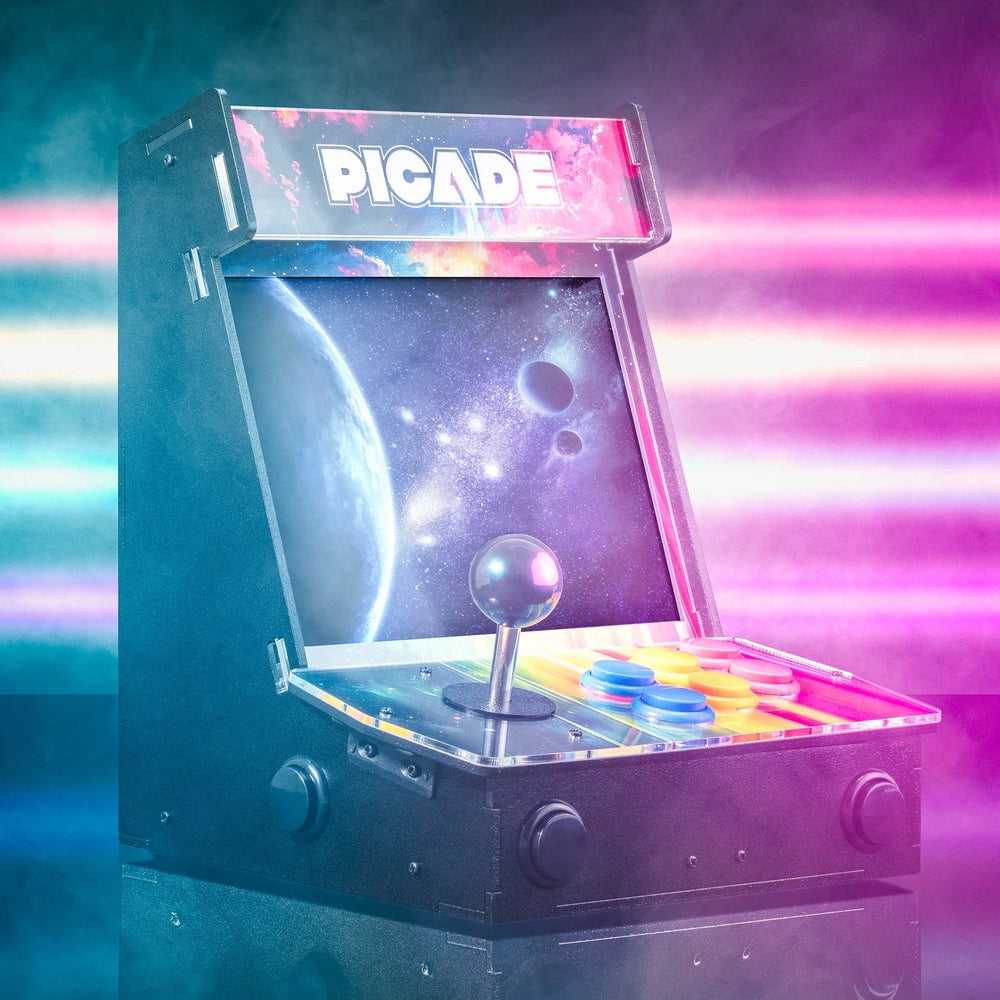
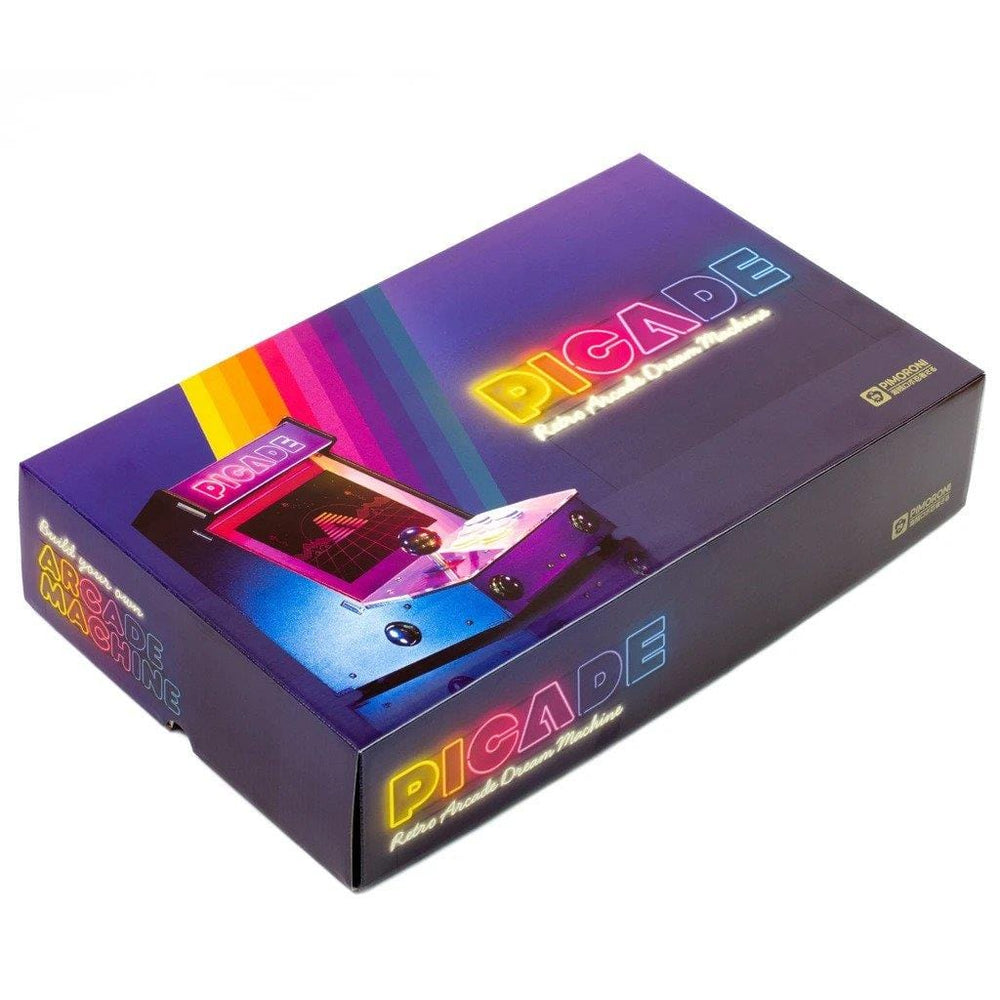
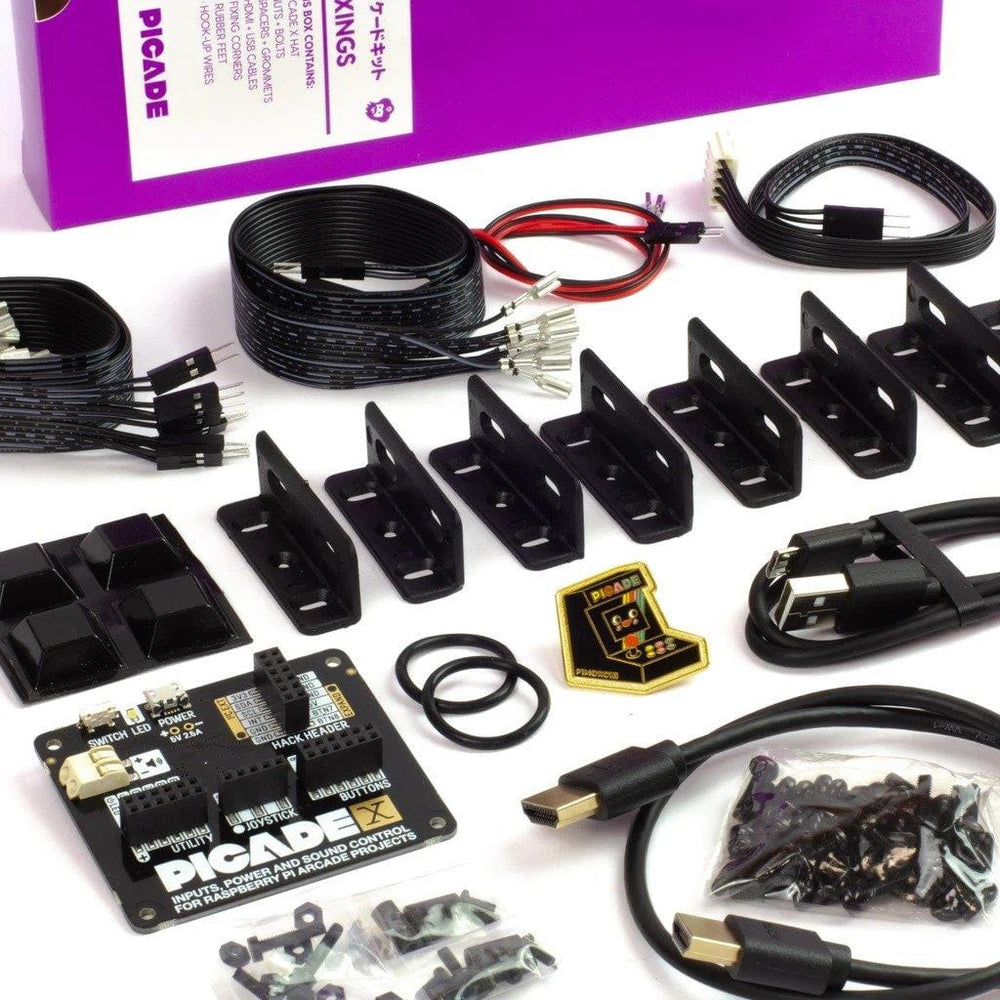
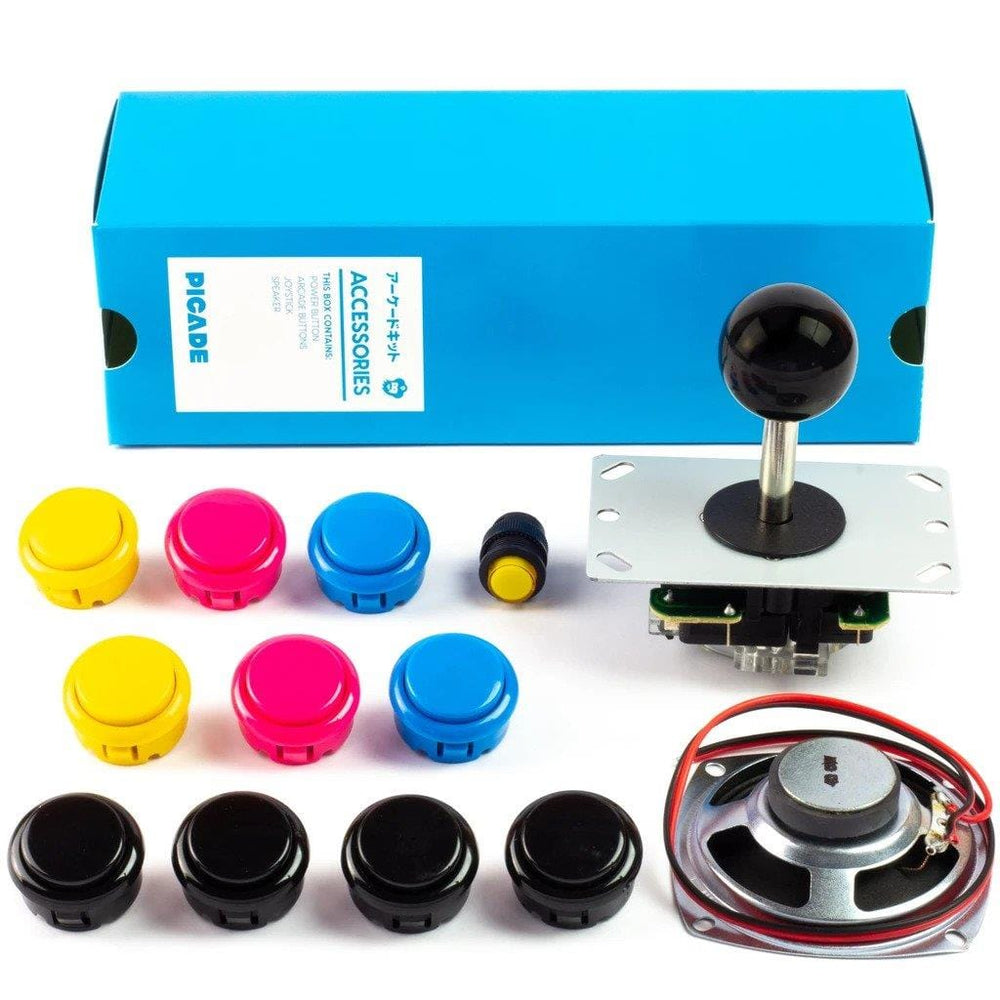
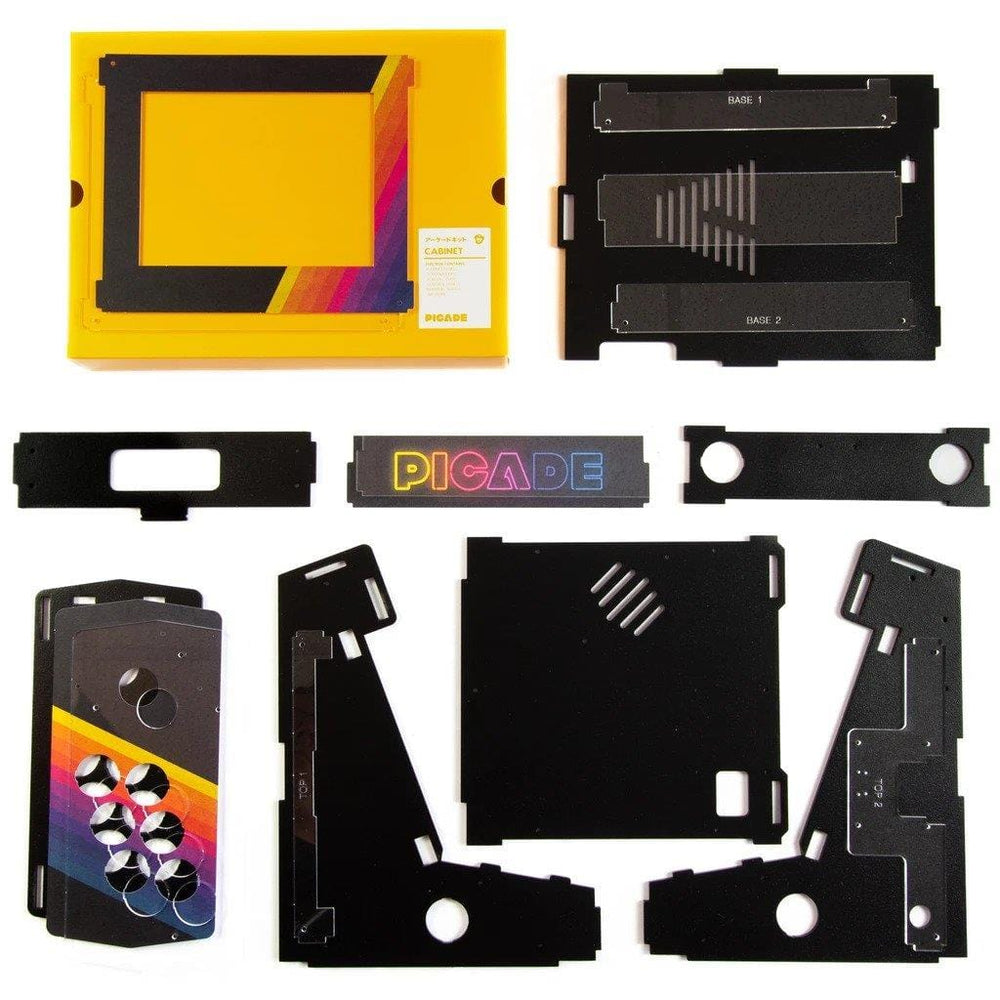
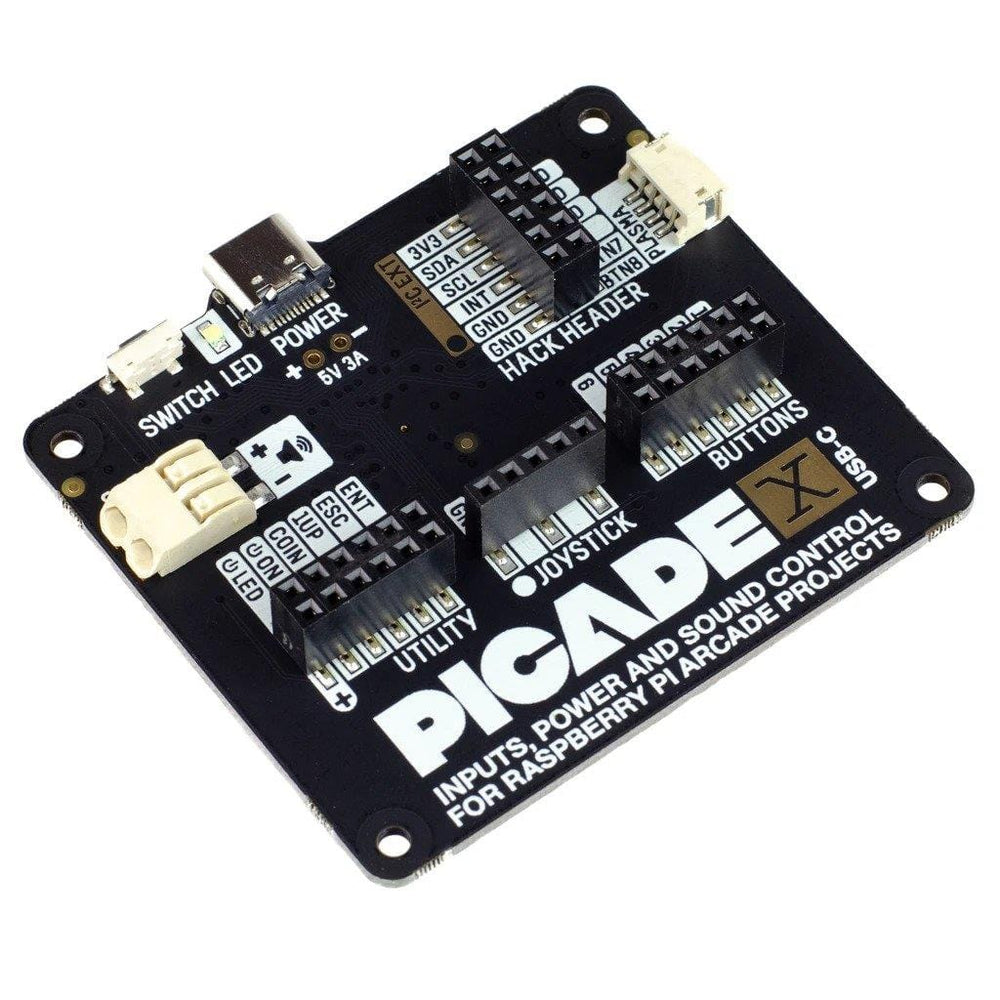
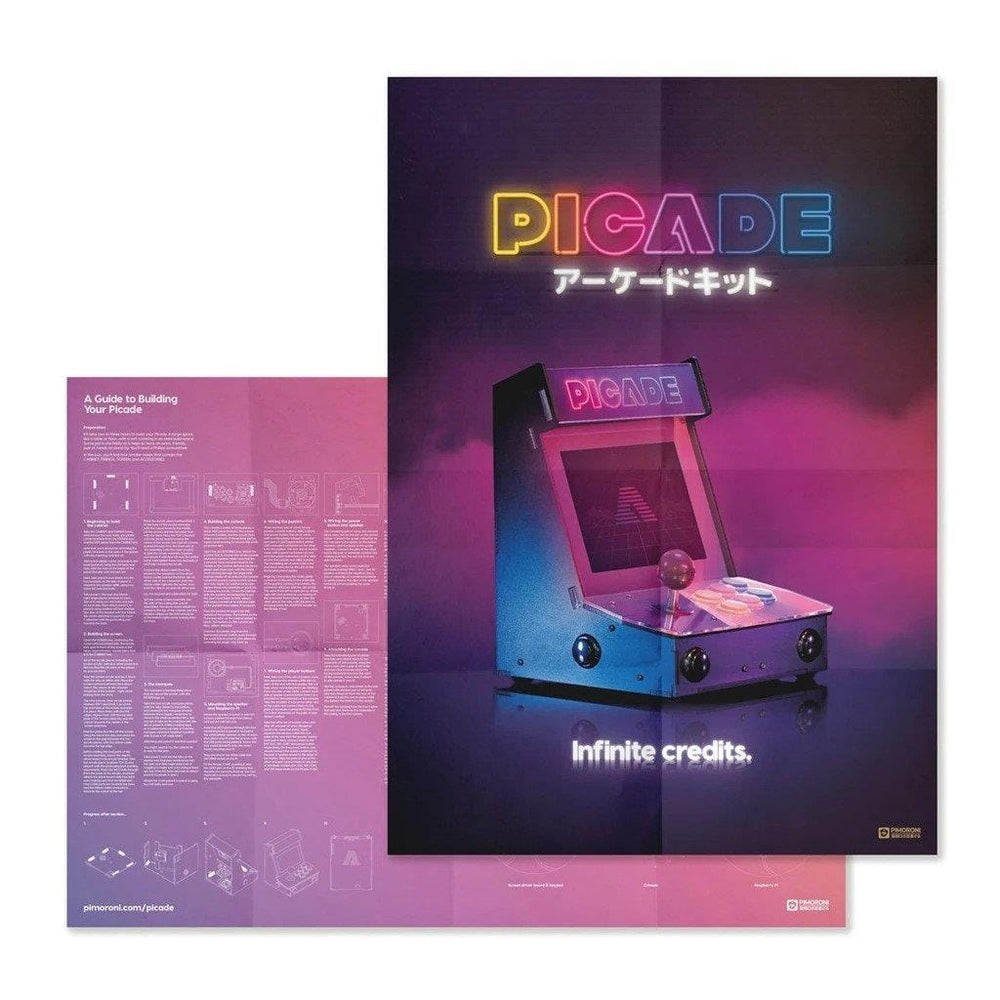
The Pimoroni Picade is a Raspberry Pi-powered mini arcade cabinet you build yourself, featuring a 10" 4:3 IPS display, authentic joystick and buttons, punchy speaker, and refreshed design ready for Raspberry Pi 5 (not included) – retro gaming done right.
A Raspberry Pi-powered mini arcade machine that you build yourself, with authentic controls, a high resolution 4:3 display that's ideal for retro gaming, and a punchy speaker to hear those 8-bit game soundtracks at their best.
Does not include a Raspberry Pi, power supply or Micro-SD card. See more info below on what is, and isn't, included.
Pimoroni have been making compact Raspberry Pi based arcade cabinets since way back in 2012 when Picade became the first UK Kickstarter project. Since then, they've been prodding, poking and refining their Picade kit to make it better than ever :) Here are some things we love about it!
The latest, greatest version of Picade includes tweaks to the cabinet to accommodate a powerful Raspberry Pi 5 plus Active Cooler - there's even room for an NVMe Base, if you'd like to add some superfast solid state storage. We've also given the artwork a refresh, and updated the online assembly guide to make it as easy as possible to get going.
PICO-8 is a fantasy console for making, sharing and playing tiny games and other computer programs. It feels like a regular console, but runs on Windows / Mac / Linux. When you turn it on, the machine greets you with a command line, a suite of cartridge creation tools, and an online cartridge browser called SPLORE.
It's a whole lot of fun and there are thousands of games, demos, experiments, and creations already out there for you to try - it's the perfect gateway experience to start dabbling in game development!
Included with your Picade is a free licence key for PICO-8 worth $14.99!
Picade comes in kit form, and it'll take around two to three hours to build.
All you'll need to add is a Raspberry Pi, USB-C power supply, and micro-SD card. If you're using a Pi 5, we'd suggest also using an Active Cooler. The only tools necessary are a couple of basic screwdrivers.
Assembly instructions are available online.
Approx dimensions: 310 x 260 x 250mm (H x W x D) - perfect for a worktop or desk!
Picade X HAT is a nifty all-in-one Raspberry Pi add-on that plugs into your Pi's GPIO pins and interfaces with all the inputs. It also handles power and sound!
For emulation, we recommend using RetroPie on your Picade. Our software guide shows how to install it on your Raspberry Pi 5 and includes some other useful hints and tips for getting it set up.








